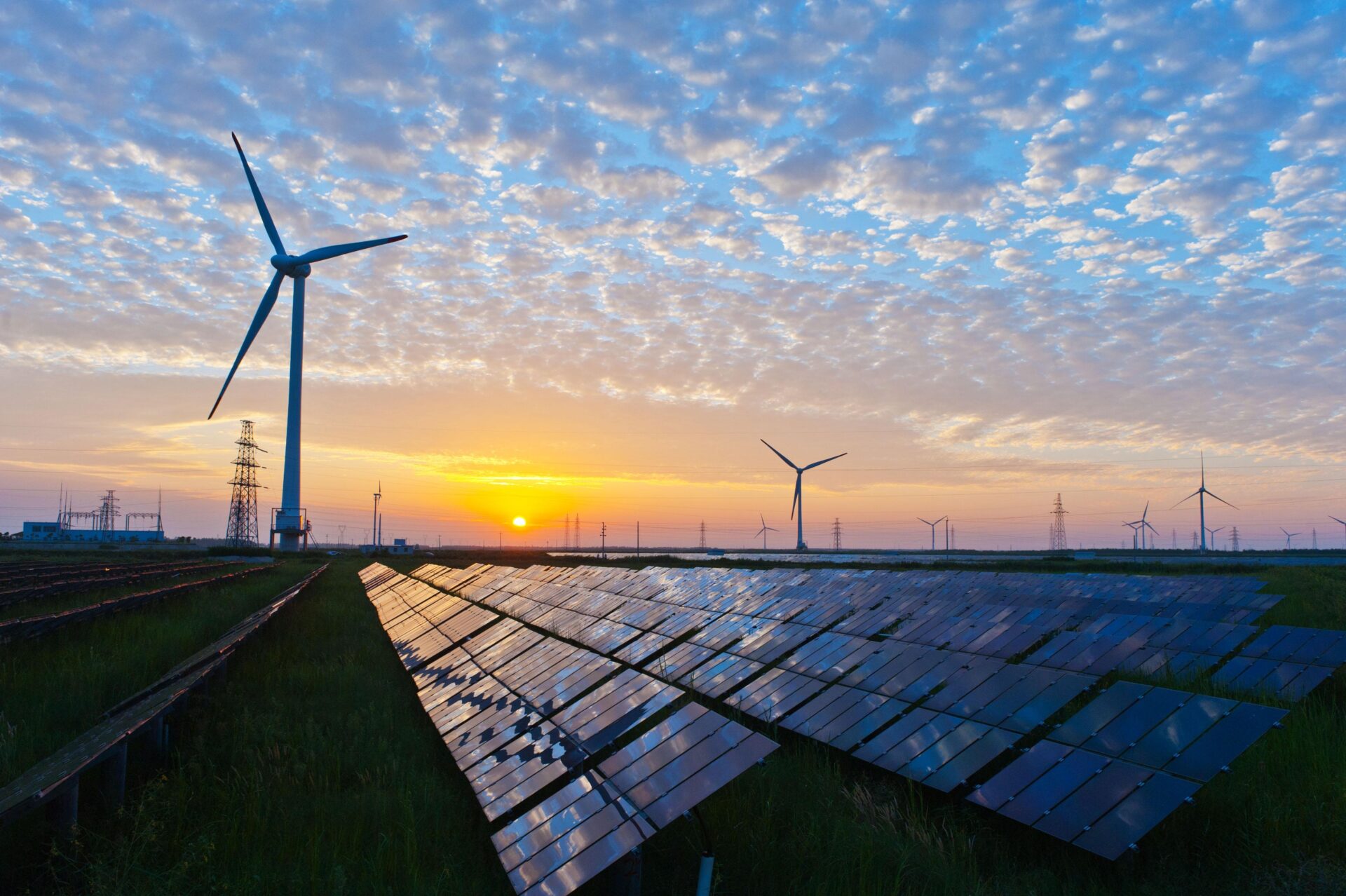The European Green Deal plan is gaining steam. Last week, the EU Renovation Wave and the Chemicals Strategy for Sustainability were added to a growing list of strategies to flesh out the EU's goal of becoming the first climate-neutral continent by 2050. Trilogue negotiations (negotiations between the European Commission, the European Parliament and the Council of the EU seeking agreement on new legislation) on the European Climate Law, which is intended to enshrine the Green Deal's goals, are in their final stages. But while the train is slowly but steadily starting to move, it is also already gearing up for higher speeds. In December, the European Council must agree to increase the 2030 emissions reduction target to at least 55%, where the European Parliament has already set its negotiating commitment at 60%. The recently published strategies thus already seem outdated. After all, they were written at a time when the EU 2030 target was at 40%. Thus, the challenge for the European Commission in the coming year is to implement the strategies presented without losing speed by accommodating the higher CO2 reduction target.
The EU strategies are often not formulated in such detail as to determine exactly how ambitions will take legal technical shape. This presents an opportunity for the European Commission, as it often allows an acceleration for meeting an increased 2030 target to be included in already planned revisions of legislation. For example, the Chemicals Strategy for Sustainability talks about "strengthening" the REACH regulation to minimize the climate footprint of chemicals. Quantitative targets, or specific tools for achieving them do not appear in the strategy. Only the Industrial Strategy will be fully reviewed in the second quarter of 2021. Thus, duplication of effort remains limited.
The European Commission's work program for 2021 announces all its initiatives for the coming year. The focus of the planning for the Green Deal is in it in June. Cornerstones of European climate and energy policy such as the Renewable Energy Directive, Energy Taxation Directive and Energy Efficiency Directive are due for review in June. Plans from (non-legally binding) strategies are fleshed out into legislation and given legal value during these revisions. Initially, revisions served to flesh out plans and ambitions from strategies under the Green Deal. Meanwhile, they should also be seen as the moment to bring the European Green Deal up to speed for achieving the 2030 targets. For example, the revision of the Emission Trading System should now not only lead to a possible extension of the ETS to new sectors such as the built environment and transport, but should also take an additional look at a tightened phase-out path of the number of emission allowances and of the number of free emission allowances issued. Revisions to the Energy Efficiency Directive and the Energy Performance of Buildings Directive under the Renovation Wave should add up to a 60% reduction in greenhouse gas emissions from buildings, a 14% reduction in final energy consumption and an 18% reduction in energy consumption for heating and cooling by 2030. To achieve this, the Commission will, for example, expand the scope of energy efficiency requirements for State property to all levels of government and increase the annual renovation requirement for State property as part of the EED revision. To achieve an increased 2030 target, the annual renovation obligation will need to be increased more rapidly.
Existing knobs must therefore be tightened harder to meet the higher 2030 target. With new policy buttons, we must immediately aim high to achieve the desired pace, even though they are sometimes already controversial at the principle level. This gives discussions not only a principle dimension (which buttons do we want to use?) but also a support dimension (how should the button be used?). For example, if the average energy label of existing buildings is low in a particular member state, an accelerated phased introduction of mandatory minimum energy performance standards in existing buildings will be difficult for this member state to accept. Raising the 2030 target will thus lead to political wavering after June 2021.
A further discussion that may be sparked by a higher 2030 target concerns a choice between "low-hanging fruit" - quick CO2 gains - and more radical system choices, which may take longer to mature but ultimately lead to a more sustainable integrated system. This discussion already took place on a Dutch scale when the European Commission objected to subsidizing hydrogen from electrolysis from the SDE++ scheme. Commitment to short-term CO2 gains can stand in the way of system choices. With an increased 2030 target, short-term choices may become more "necessary."
Thus, an increased 2030 target need not generally result in duplication of effort. Only the industrial strategy will be shaken up. However, an increase in the target may cause fiercer political discussions about already planned legislative revisions. Not only will skeptical member states have more reason to fight certain policy options, but they will have to consider how to reconcile quick CO2 gains and long-term system choices. Whether these discussions delay the adoption of legislative revisions, and thus the implementation of the Green Deal, will be seen in June 2021.


